Kevin Fong asks for a volunteer from the audience who would be happy to drink a sample of his urine.
He is surprised when some children volunteer and explains that urine is a waste product from the body which contains chemicals which in large quantities are harmful to us.
He then demonstrates a urine recycling system based on osmosis.
A concentrated syrup is placed on one side of a semi-permeable membrane and urine is placed on the other side.
Over time, osmosis draws water from the urine into the syrup, which can then be drunk by an astronaut.
Kevin drinks the liquid that results, and concludes that while the output from the urine-recycling bag is safe to drink, it still smells like urine and still tastes a bit like urine!
This clip is from the Royal Institution Christmas Lectures 2015.
Teacher Notes
Key Stage 3
You could ask students where urine comes from and what it contains.
Ask them to suggest why it would be harmful to drink urine.
Then watch the clip and ask them to discuss their thoughts afterwards.
Key Stage 4
Before watching the clip, you could ask students to discuss the principles and applications of osmosis in pairs.
After watching the clip, you could ask them whether they would drink the product from the bag and if they can suggest some explanations for Kevin’s observation that the product still smelled and tasted like urine (e.g. there might have been a leak in the membrane).
Curriculum Notes
This clip will be relevant for teaching Physics.
This topic appears at KS3 and in OCR, Edexcel, AQA, WJEC KS4/GCSE in England and Wales, CCEA GCSE in Northern Ireland and SQA National 4/5 in Scotland.
More from the Royal Institution Christmas Lectures 2015
What is Newton's Cannon and Third Law? video
Dr Kevin Fong demonstrates projectile motion, orbit and Newton’s Third Law.
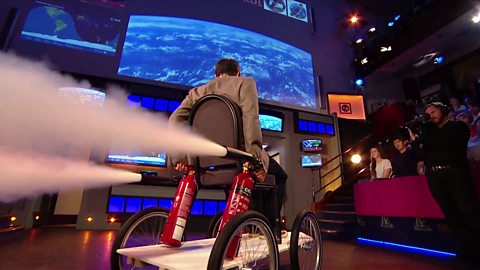
Using Earth’s rotation to launch a rocket. video
Dr Kevin Fong demonstrates how a space rocket’s launch direction affects its success in reaching orbit.
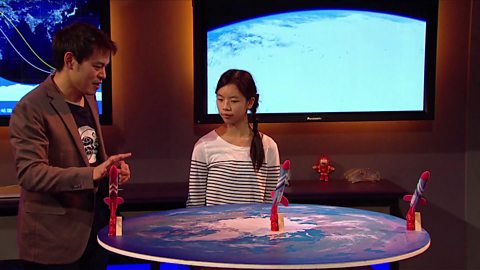
How the vacuum of space affects the human body. video
Dr Kevin Fong does a demonstration to show the lethal effects of a vacuum on the human body.
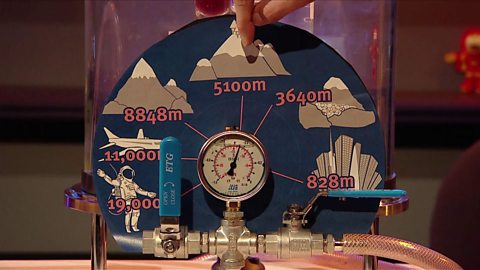
Resonant Frequency. video
Dr Kevin Fong explains how sound vibrations could pose a real threat astronauts and rockets in space.
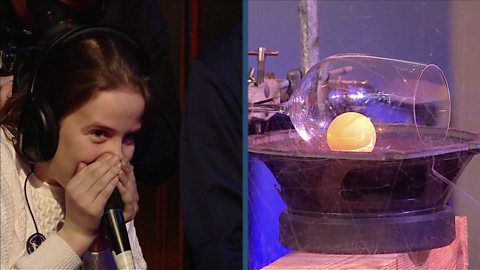
Orbital Rendezvous. video
Dr Kevin Fong demonstrates how and why it's so hard for a spacecraft to catch up with the International Space Station.
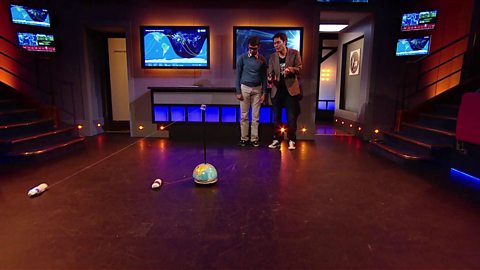
What does gas weigh? video
A demonstration that carbon dioxide can be poured because it is denser than air.
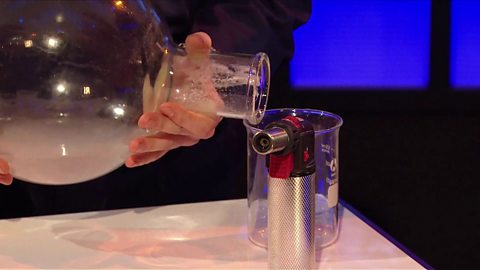
Why are bones weaker in orbit? video
Kevin Fong explains how micro-gravity can weaken bones. Models are used to show that bones are strong but light, and how low gravity weakens them.
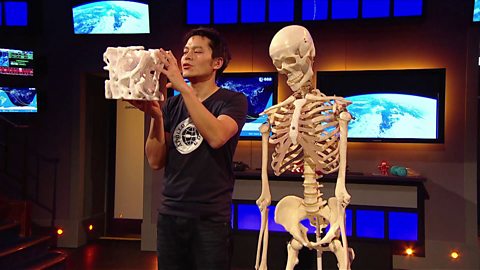
How micro-gravity disorientates us. video
A demonstration of how dizziness occurs during motion sickness or micro-gravity.
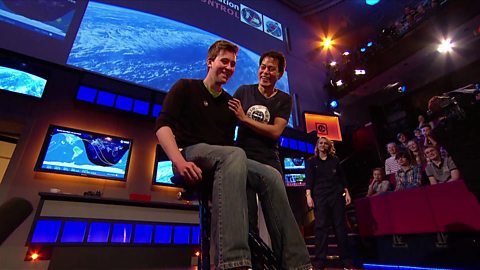
The danger of orbital debris. video
Dr Kevin Fong and NASA astronaut Dan Tani explain the danger of space debris.

Demonstrating heat shield material. video
Dr Kevin Fong explains that space capsules heat up due to pressure not friction. He demonstrates a heat shield’s low thermal conductivity.
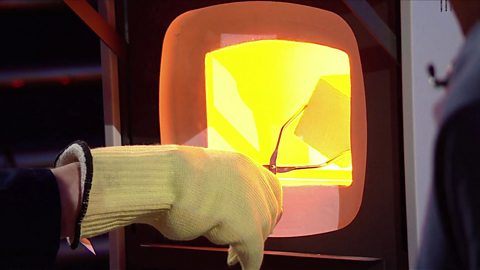
Why Earth rock is found on the Moon. video
Dr Kevin Fong demonstrates how debris from meteorites hitting Earth threw Earth rock as far as the Moon, leaving clues there about Earth’s geological history.
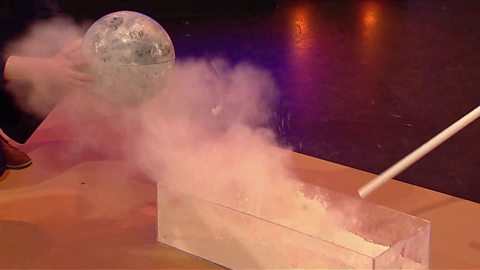
Demonstrating radiation detectors. video
Dr Kevin Fong shows how a Geiger-Muller tube can detect ionising radiation but not the type of radiation, and how detectors on the International Space Station can.
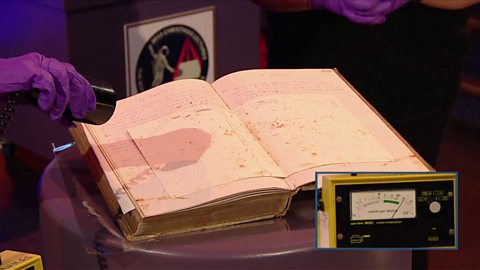
How Earth protects us from radiation. video
Dr Kevin Fong discusses the dangers to astronauts of solar radiation, and how we’re protected from it by Earth’s atmosphere and magnetic field.
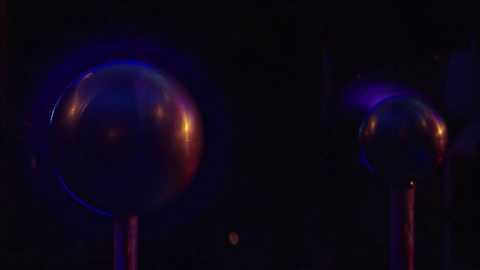
Why tardigrades can survive in orbit. video
Dr Kevin Fong explains why tardigrades are so resilient when exposed to ionising radiation lethal to most other organisms.
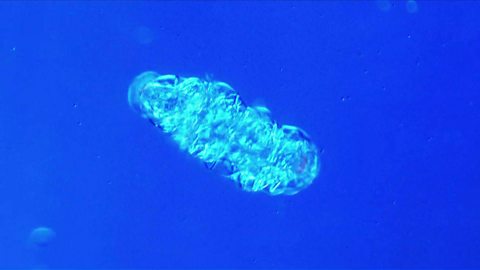
Мэ